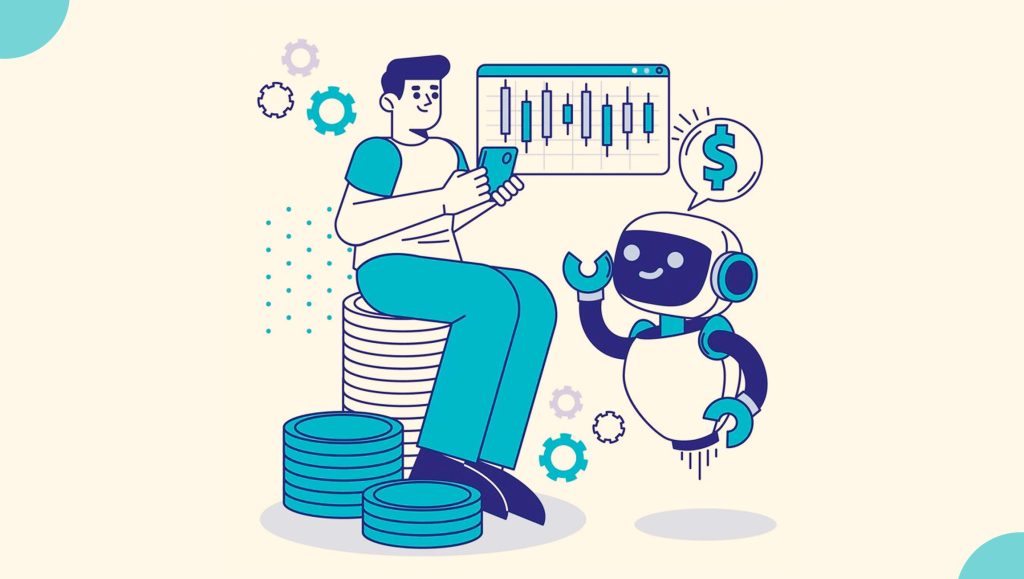Pandemic-Inspired Resolutions Relying on Equipment, Memberships and Subscriptions at Greatest Risk
Numerator, a data and tech company serving the market research space, has published findings from a recent survey to understand how New Year’s resolutions will impact consumer behavior in 2022. Improving physical, financial, and mental health are the top three priorities across generations, although Gen Z/Millennials’ emphasis on mental health far outpaces Gen X/Boomers’. Consumers plan to buy supplies to keep their resolutions but indicate that inflation could prevent them from reaching their goals.
Read More: Powerbridge Technologies Establishes Powercrypto Holdings For Its Crypto Mining And Digital Asset…
Key Findings:
- Improving physical wellness is the most popular resolution by far. Among the 43% of consumers who plan to make New Year’s resolutions this year, more than three-quarters (75%) are making resolutions related to physical health.
- Financial resolutions were the second most popular resolution, with nearly half (47%) of resolution-makers indicating that they would focus on financial security in 2022.
- As the pandemic drags on, mental health-related resolutions are also a top pick for consumers. Over one-third (37%) of resolution-makers will resolve to improve their mental health in the new year – peaking at over half of Gen Z/Millennials indicating they will make mental health-related resolutions.
Differences in New Year’s resolutions can be seen when looking at consumers by generation and geographic region:
- Younger generations are more likely to make mental health resolutions, as are those with children. Gen Z and Millennials are 12% more likely to make a resolution related to mental health (vs. all consumers) along with those who have children (+6.6 points).
- Older generations are more likely to make physical health-related resolutions. Boomers are likely (+9.0 points) to make a physical health resolution. Notably, Gen Z and and Millennials are the least likely to make resolutions about physical health (-6.2 points).
- Midwesterners are more likely to make resolutions related to charities. 1 in 5 Midwesterners expect to include charities on their list, up from 13% on average.
- Asian and Black consumers are more likely to make resolutions related to education. Half of Asian consumers (52%) and over one-third of Black consumers (35%) plan to make career or education-related resolutions, up significantly from other groups (+31.7 points, +14.2 points, respectively).
- Males are more likely to make financial resolutions. Over half of men (54%) will make resolutions related to finances (+7.3 points). Males are also less likely to make resolutions regarding productivity/organization or charity (-5.8 points, -5.1 points).
Read More: SalesTechStar Interview With John Bruno, Vice President Of Strategy At PROS
Consumers plan to shop differently depending on the type of resolution they will make:
- Consumers are willing to spend on groceries, subscriptions, and supplies to make their resolutions successful. One-third (33%) of resolution-makers say they will need to purchase supplies to keep their resolution (e.g. food, equipment, subscriptions, etc).
- Inflation is a concern for consumers looking to keep their resolutions. Roughly half (49%) say rising prices may prevent them from keeping their resolutions this year.
- The pandemic continues to affect consumer intentions, including their resolutions. Nearly half of consumers (48%) say the pandemic influenced their resolutions. This is highest among those with mental health resolutions (+9.3 points), charity-focused resolutions (+8.7 points), or financial resolutions (+5.8 points).
- Among the three-quarters (75%) of resolution-makers focused on improving their physical health:
- Low carb diets are the most popular, followed by low-fat diets. More than one-third (34%) plan to follow low carb diets, followed by low-fat diets (20%), Keto (13%), Weight Watchers (9%), and Vegetarian diets (4%).
- Produce and seafood top the grocery list. Nearly two-thirds (63%) plan to buy more fresh vegetables in 2022 than they did in 2021, followed by fresh fruit (58%), fish / seafood (35%), milk substitutes (20%), cauliflower rice (17%), herbal supplements (16%), superfoods (15%), and probiotic foods (13%).
- Cooking and baking at home are a priority. More consumers plan to eat at home to stay healthy, with 64% saying they will cook at home more frequently this year and 23% saying they will bake more frequently.
- Restaurant trips are vulnerable to health-seekers. Almost half of these consumers (49%) plan to order less frequently from fast food or quick-service restaurants (e.g. McDonald’s, Panera, etc.). One in six (17%) plan to order less frequently from coffee shops (e.g., Starbucks, Dunkin, etc.).
- Alcohol is less impacted. Fewer consumers say they will reduce alcohol consumption as a means to achieve their physical health resolutions, with 16% saying they will buy fewer alcoholic beverages in 2022.













